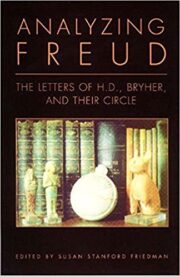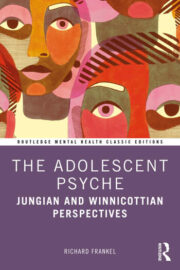Description
Dreams, called God’s forgotten language by some and messages from the devil by others, have long been seen as portents of the future. But the modern belief that dreams are intimately related to the personal psychology, attitudes and behavior patterns of the dreamer owes much to the pioneering work of the Swiss psychiatrist C.G. Jung, who showed that in dreams the unconscious comes vividly to life.
Here is a comprehensive and practical guide to an understanding of dreams in light of the basic principles of Jung’s Analytical Psychology. Jung’s model of the psyche is concisely described and discussed, with many clinical examples of dreams and how they may be interpreted in context.
Particular attention is given to common and recurrent dream motifs (falling, pursuit, houses, automobiles, mourning, the end of the world, death, marriage, sexual images, etc.): traumatic dreams: the compensatory and purposive functions of dreams: dreams as prognostic of illness or physical change: and how dreams are related to the stage of life and individuation process of the dreamer.
Contents:
Basic Concepts of Jungian Psychology
The Nature of Dreaming
Ego-Identity and Complexes
The Dream-Ego and the Waking-Ego
Dreams as Diagnostic Tools
Transference and Countertransference
Dreams and Individuation
Alchemical Motifs in Dreams
Synchronistic Phenomena
Objective and Subjective Interpretations
Personal and Archetypal Levels





